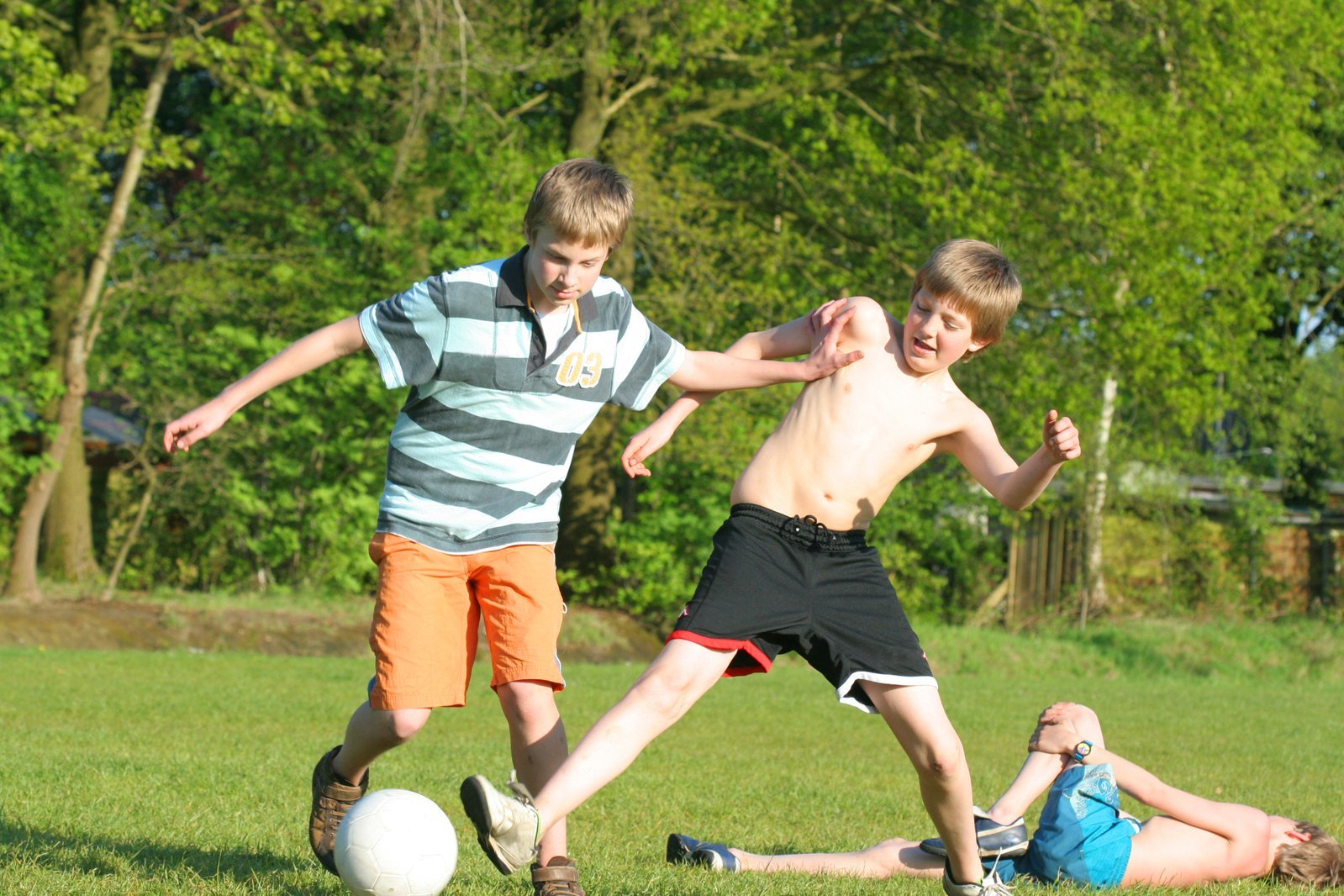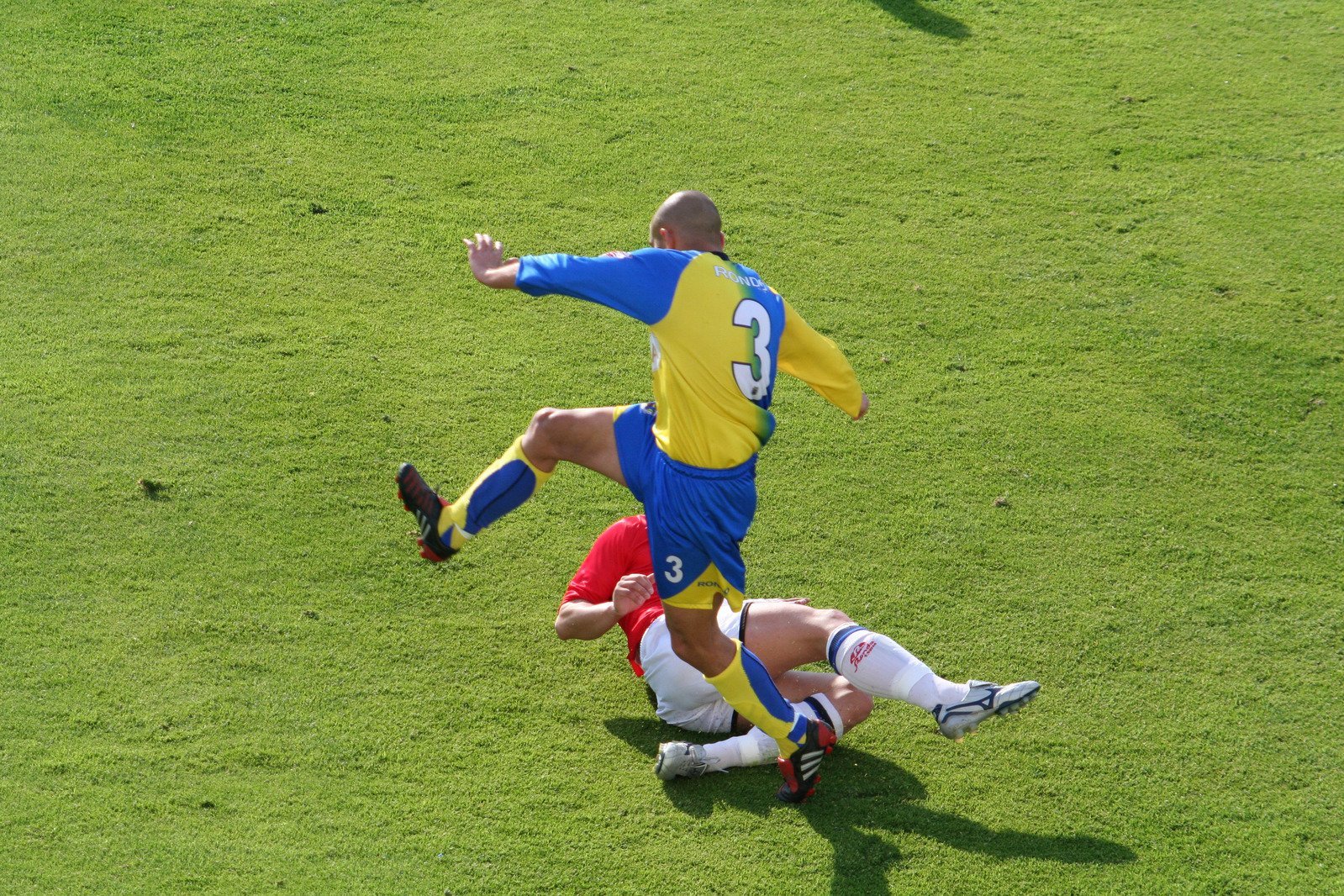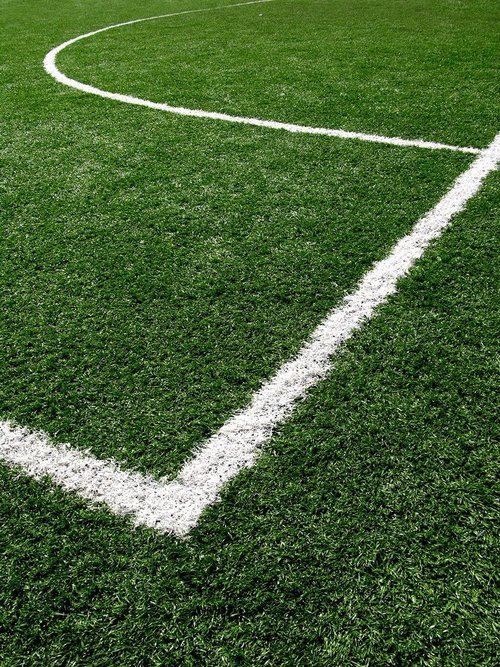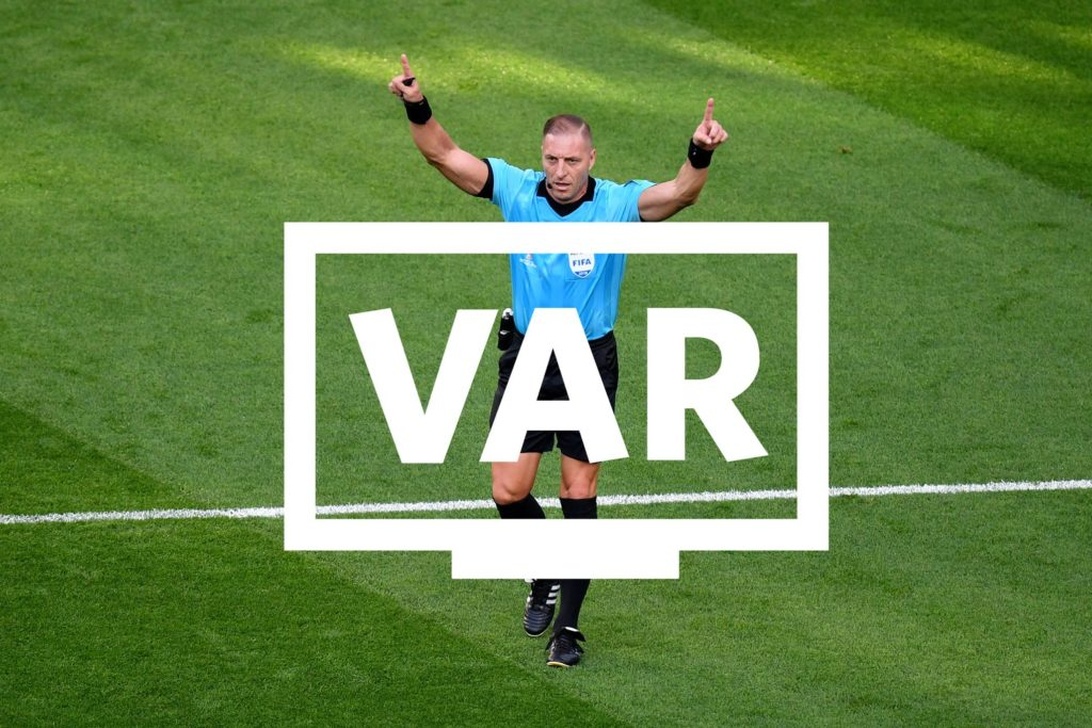Four Common Football Injuries
While soccer is a popular game among fans and players alike, it is a somewhat rough sport, and that’s why you will find players wearing protective gear, including helmets (think Peter Cech) and pads. Naturally, soccer is a physical and speedy game. Add to this the euphoria which comes with big games, and you will understand why the sport and injuries are a couple, which cannot be separated.

Now, soccer injuries can generally be divided into two; cumulative and acute injuries. While cumulative injuries are caused by repetitive stress on body parts, acute injuries result from collisions or falls, and they are typically traumatic. Some of the most common injuries in soccer sport include the following.

Hamstring Sprain
As the name suggests, a hamstring sprain affects the hamstrings, the three large muscles located at the back of the thigh. A hamstring injury could either involve a total rapture of the muscles or a minor strain on them. Hamstring muscles are what allow players to accelerate while running, which means they sustain a lot of stress. Besides, soccer involves quick changing of direction and speed. This could overload the hamstrings, leading to a sprain or rupture.
Knee Injuries
Since soccer involves a lot of kicking, running, and stopping, the knee is one of the areas which is prone to injuries. While the knee has ligaments, which withstand stress, the ligaments usually have a limit as to how much pressure they can endure. Once the limit is exceeded, the ligaments may tear or sprain, losing stability in the knee joint. These ligaments include the following:
- Lateral collateral ligament
- Medial collateral ligament
- Posterior cruciate ligament
- Anterior cruciate ligament
While injuries to these ligaments usually don’t take too long to resolve (with treatment, that is), long-term stress on these muscles could result in osteoarthritis of knee, a chronic condition which tends to affect soccer players, especially in their retirement.
Groin Strain
Jumping, twisting, or kicking could cause injury to the adductor muscles; the inner thigh muscles. This is what causes a groin strain, which is a tear or sprain to any of the adductors. The injury typically occurs when players fail to stretch their inner thighs enough before matches. It is a common injury which tends to recur.
Ankle Sprain
This injury occurs when the ankle joint ligaments overstretch, causing the ankle to roll outwards or inwards. The ligaments are what create joint stability, which is essential in running, kicking, and changing direction.
To prevent soccer injuries, players have to complete the following routines:
- Warm up before every match
- Cool down after every match
- Get enough rest after each game
- Eat a healthy diet
- Do lower-limb strengthening exercises, such as lunges, squats, and calf raises.




